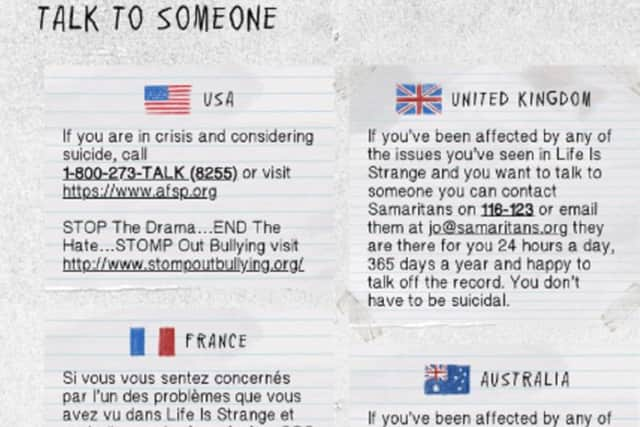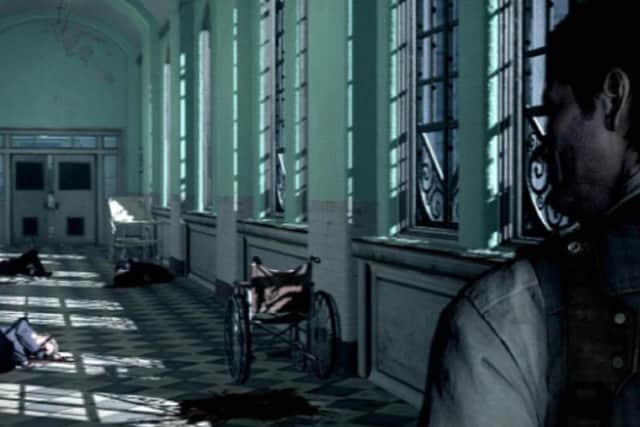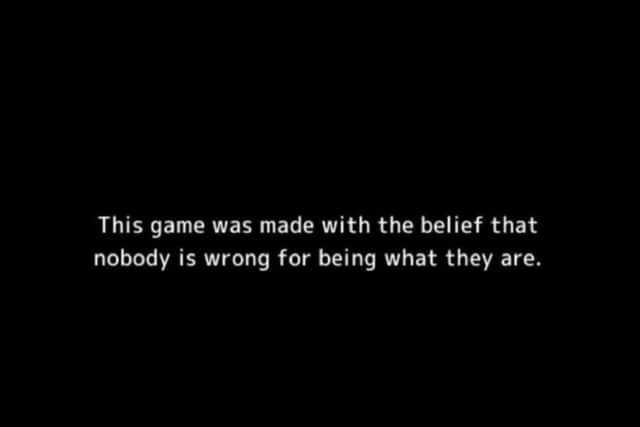Console Corner: Mental health and video gaming, is it time for change?


In film or books you have to tell the story; there needs to be a character with whom we can empathise, whether through our own personal struggles or not. Games need to achieve this too, but with the caveat of having to sustain a longer runtime.
Games are also a more personal experience in some ways; you’re not reading about the main character in a game, you are that character.
Advertisement
Hide AdAdvertisement
Hide AdTherefore anything that affects the protagonist is also the players' burden to carry as well, so if you can’t get that quite right there will be a disconnect and then any message will likely be missed.


Mental health is an intangible concept. There is no one way it can affect someone, so when a game is attempting to deal with some form of mental health, there are a lot of challenges.
This isn’t going to be one of those “Top five best mental health games” pieces, there’s plenty of those around and most of them come to the same conclusions; Hellblade and Life is Strange get name-dropped a lot, and with good reason. But what makes these types of games stand out and what makes for a bad representation?
We’ll start with Life is Strange for a moment, Life is Strange takes a very quite subtle approach to mental health. It’s not a huge part of the plot which makes it all the more real, while exploring Chloe’s room you can find a bottle of anti-depressant pills. What’s nice is that Max doesn’t point out the pills there’s no extra dialogue to talk about them with Chloe, they just exist in the world and add to the layers of Chloe’s character.
Advertisement
Hide AdAdvertisement
Hide AdRather than have Max be the one struggling, which most games would do, Life is Strange challenges you to try and consider others; it puts forward the painful notion that you cannot ever truly understand what somebody else may be going through. DONTNOD and Square Enix went as far as setting up lifeisstrange.com/talk, which offers numbers to helplines around the world. It’s a nice gesture and one that extends beyond the game and acknowledges the real world implications.


Hell Blade takes the more direct approach; Senua suffers from psychosis and as a result is bombarded with images and sounds which disorient and disturb both Senua and the player. It’s a harrowing experience at times and Ninja Theory have done a superb job at getting across the sensations one might experience while suffering from psychosis. What stops it from straying too far is that Ninja Theory talked to neuroscientists, mental health experts and people suffering from psychosis as part of their research when making the game, making sure not to misrepresent or over sensationalise the condition purely for the game.
More recently we have Swery65’s new game, The Missing: JJ Macfield and the Island of Memories. The Missing deals with some incredibly heavy subject matter and, while it may fall a little short of doing them justice, the message and heart at the game's core is very positive.
These aren’t the only good examples of course, there are plenty of games that take mental health seriously; A Night in the Woods, Celeste and The Dragon Cancer are other standouts that should be on anyone’s list.
Advertisement
Hide AdAdvertisement
Hide AdMore often than not though it is not treated with such subtlety and care. Horror games use the trope of mental health ad nauseam. Too often does a game hinge on “what you are seeing, is it really there?” Using mental health as a weapon or a villain for you to do battle with, Evil Within, Silent Hill, Outlast the list just goes on. The biggest issue is that these games will use mental health as the reason for all the horrific things you see and fight against but never really deal with how it might affect the characters.


No matter how many “clever” twists you put on what’s going on, this monster or that monster are “manifestations of your inner turmoil” etc. do not make up for the idea that the solution to this is to shoot your way out and, in the end, you will have been “cured”. Games occasionally employ things such as a "sanity meter”. The idea that your sanity and perception of the world can be changed at will to suit your needs is a ridiculous notion if we are honest.
Mental health is nebulous, you can’t pin it down to one thing. It's a broad category that encompasses lots of different issues and conditions that affect people in a myriad of ways. To attempt to boil it down to a singular thing in order to make something entertaining is a very irresponsible thing to do.
This isn’t to say you shouldn’t play any of the aforementioned games, the Evil Within 2 is very good, and Silent Hill is a genuine classic horror game that should absolutely be played. But perhaps it is time games found slightly more inventive ways to tell their horror tales.